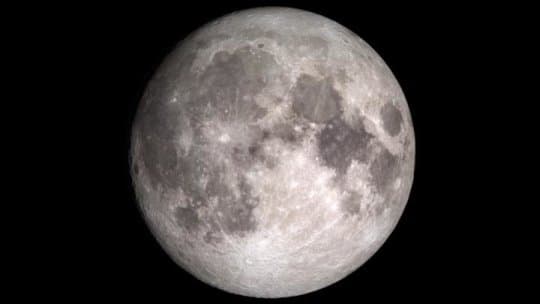
By Kerry Bennett
Office of the Vice President for Research
NAU assistant professor of planetary science Christopher Edwards co-authored a paper recently published in Nature Geoscience that has generated interest among scientists in the field as well as in mainstream science news, such as Science Daily.
The researchers analyzed remote-sensing data from two lunar missions and concluded that water appears to be evenly spread across the surface of the moon, not confined to a particular region or… Read more
Scientists propose exploring Mars with drones and virtual reality at NAU – NAU News : NAU News
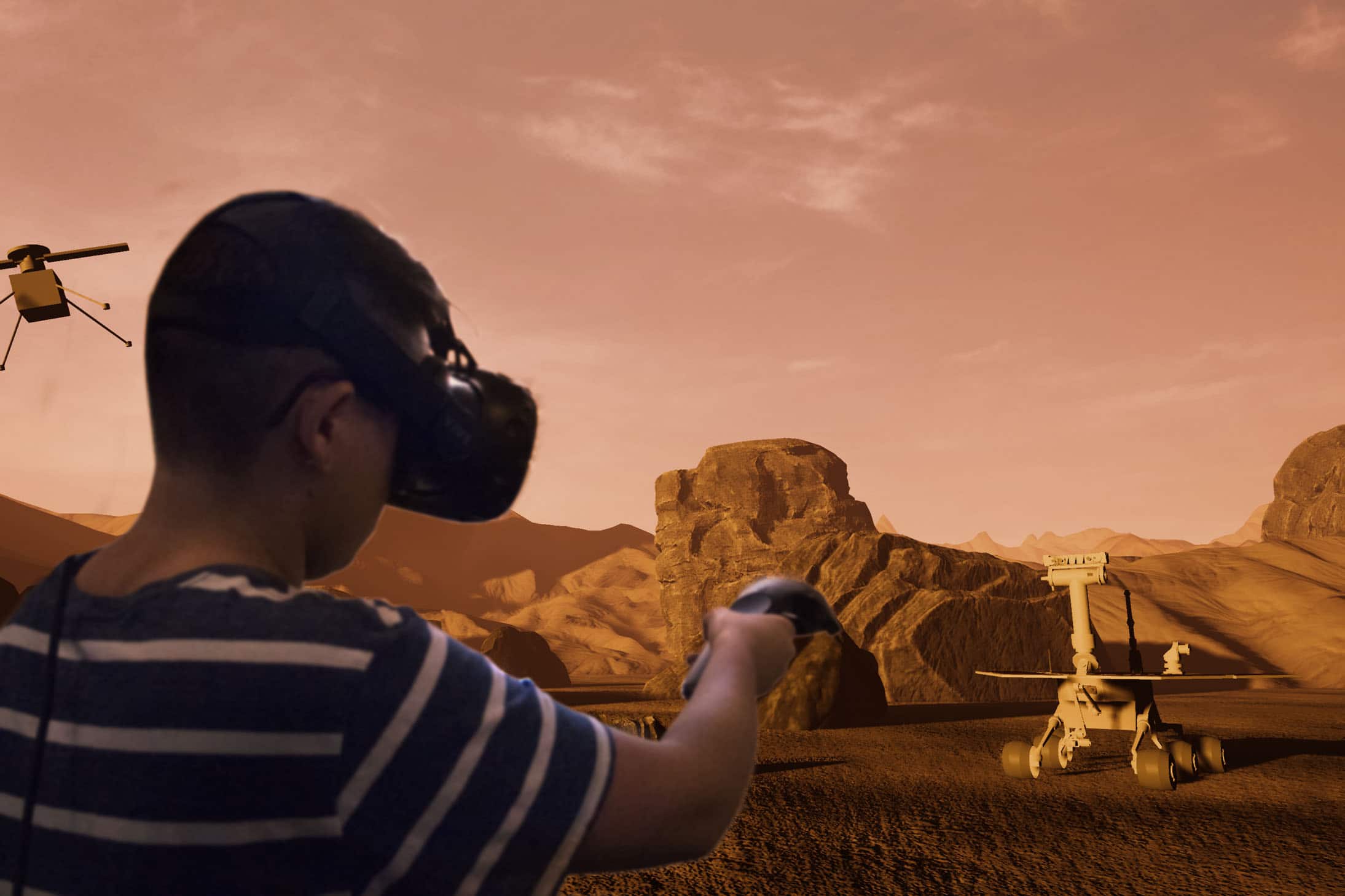
NAU astrophysics researchers and the Interactive + Immersive Virtual Reality Lab (IVR) are collaborating to propose new methods to explore the surface of Mars.
Current rover science is limited to a semi-autonomous probe with on-board instruments to sample and send data back to Earth. While they have yielded enormous amounts of data, scientists have not been able to interpret all of it.
“Rovers are currently very limited, in terms of how much of an area they can see,” assistant professor… Read more
Heavenly headway: NAU’s growing astronomy program increasing exploration into secrets of space – NAU News : NAU News
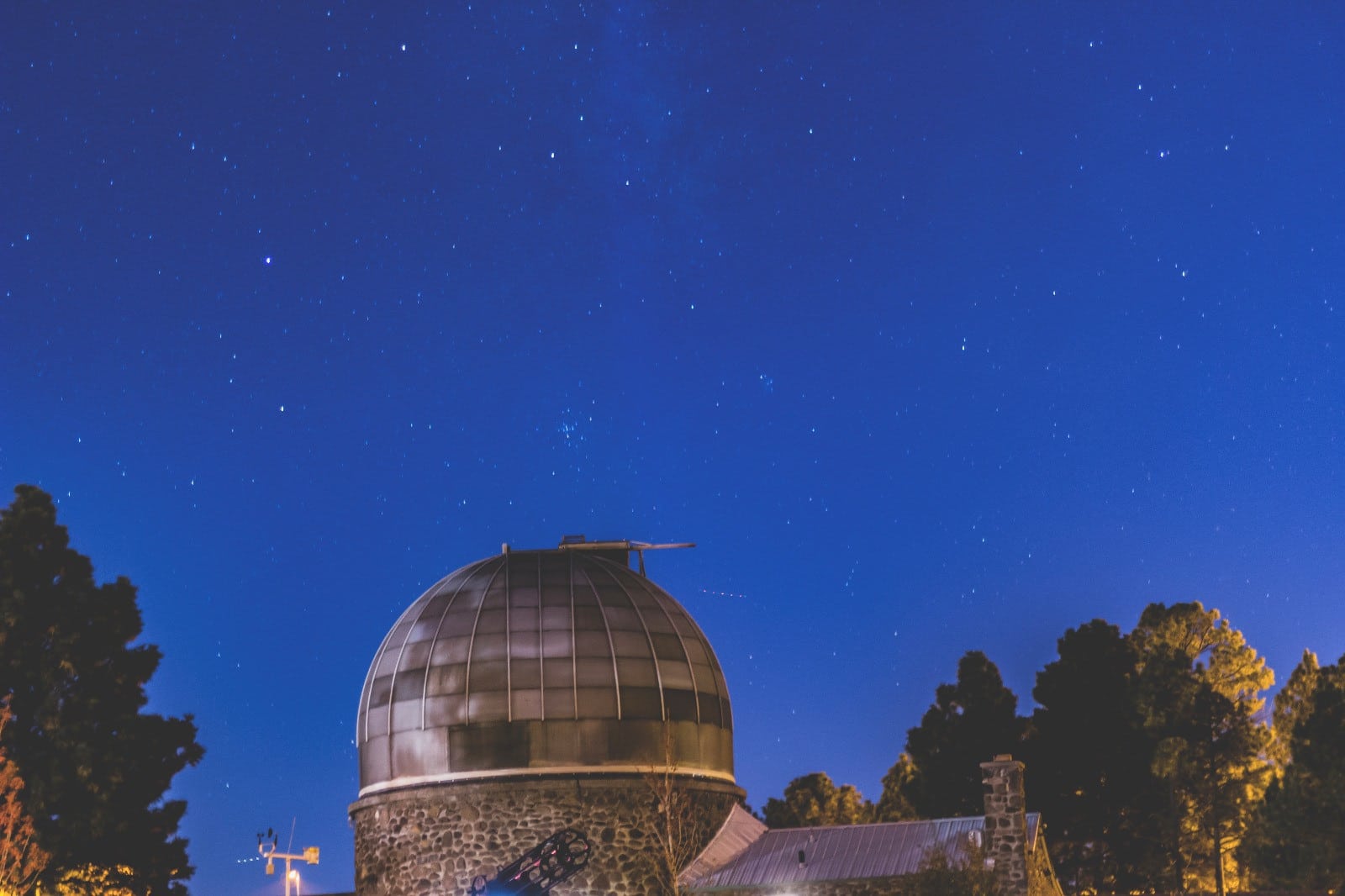
By Heidi Toth
NAU Communications
One Friday afternoon in the fall semester, half a dozen Northern Arizona University graduate students sat around a table in a gathering area, eating Oreos and discussing a mysterious space object a telescope had picked up. A few of their professors—some new to the university, part of an expanding department, others for whom NAU is a longtime home—joined them, discussing what they knew and what they thought about the object, now thought to be… Read more
What Makes Jupiter’s Great Spot Red? It’s Still a Mystery
Space.com article By Science & Astronomy
Jupiter’s Great Red Spot has swirled for hundreds of years, but the source of its distinctive color remains a mystery. New laboratory experiments are working to produce that color — and others found in Jupiter’s stormy cloud tops — here on Earth, and researchers have found that radiation and temperature play key roles… Read more
Cold comfort: NAU astronomy professor compares winter on East Coast, Mars and Antarctica – NAU News : NAU News
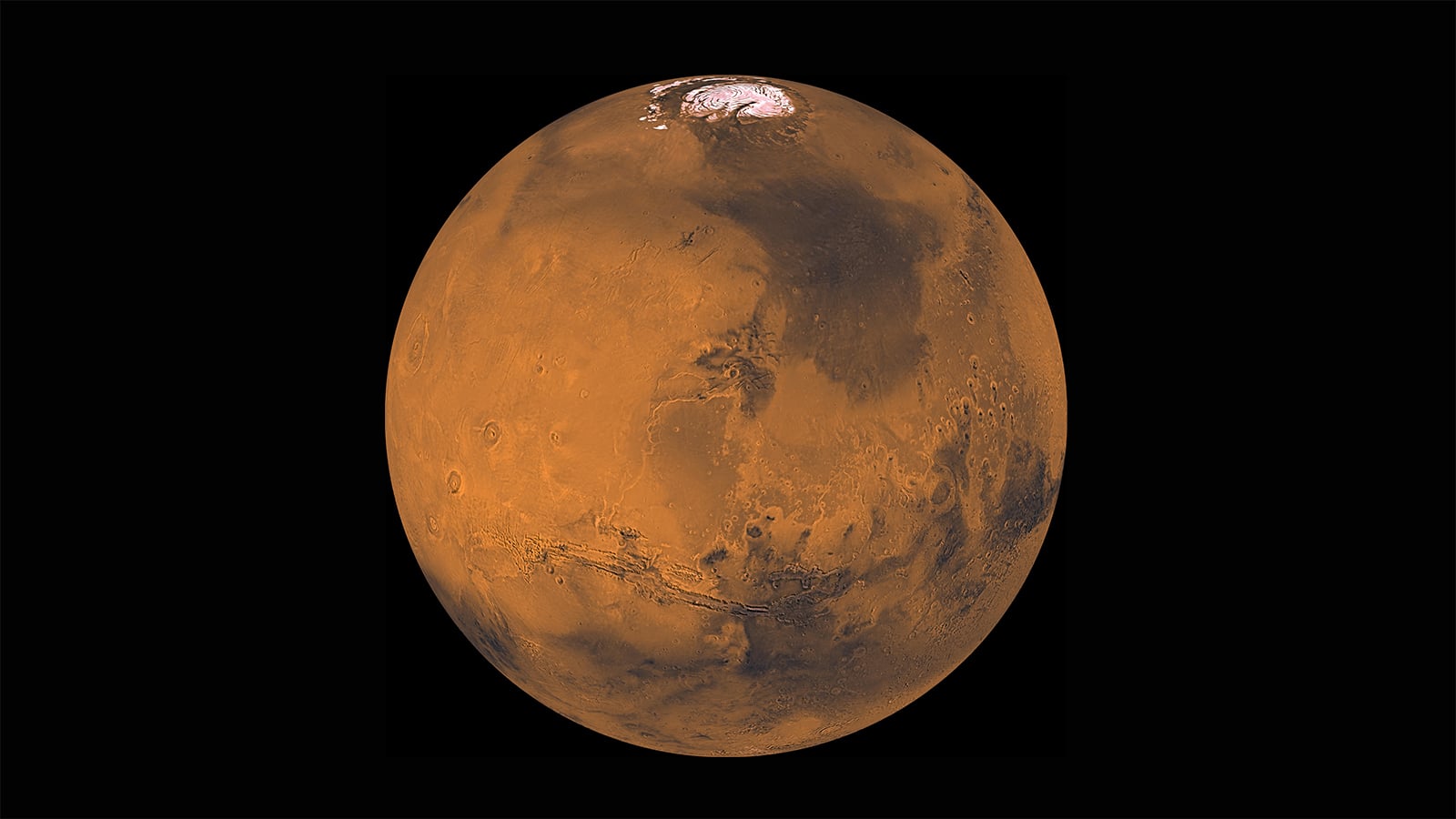
By Heidi Toth
NAU Communications
With the brutal weather bearing down on the East Coast, media outlets such as CNN have reported a fun tidbit: it’s colder in parts of the United States than it is on parts of Mars.
Mark Salvatore, an assistant professor in the Department of Physics & Astronomy at Northern Arizona University, studies Mars and its most comparable environment on Earth—Antarctica. He talked to NAU News about what martian weather really looks like, why… Read more
Everybody in the lab gettin’ TIPSI: NAU astronomy students build camera to track asteroids – NAU News : NAU News
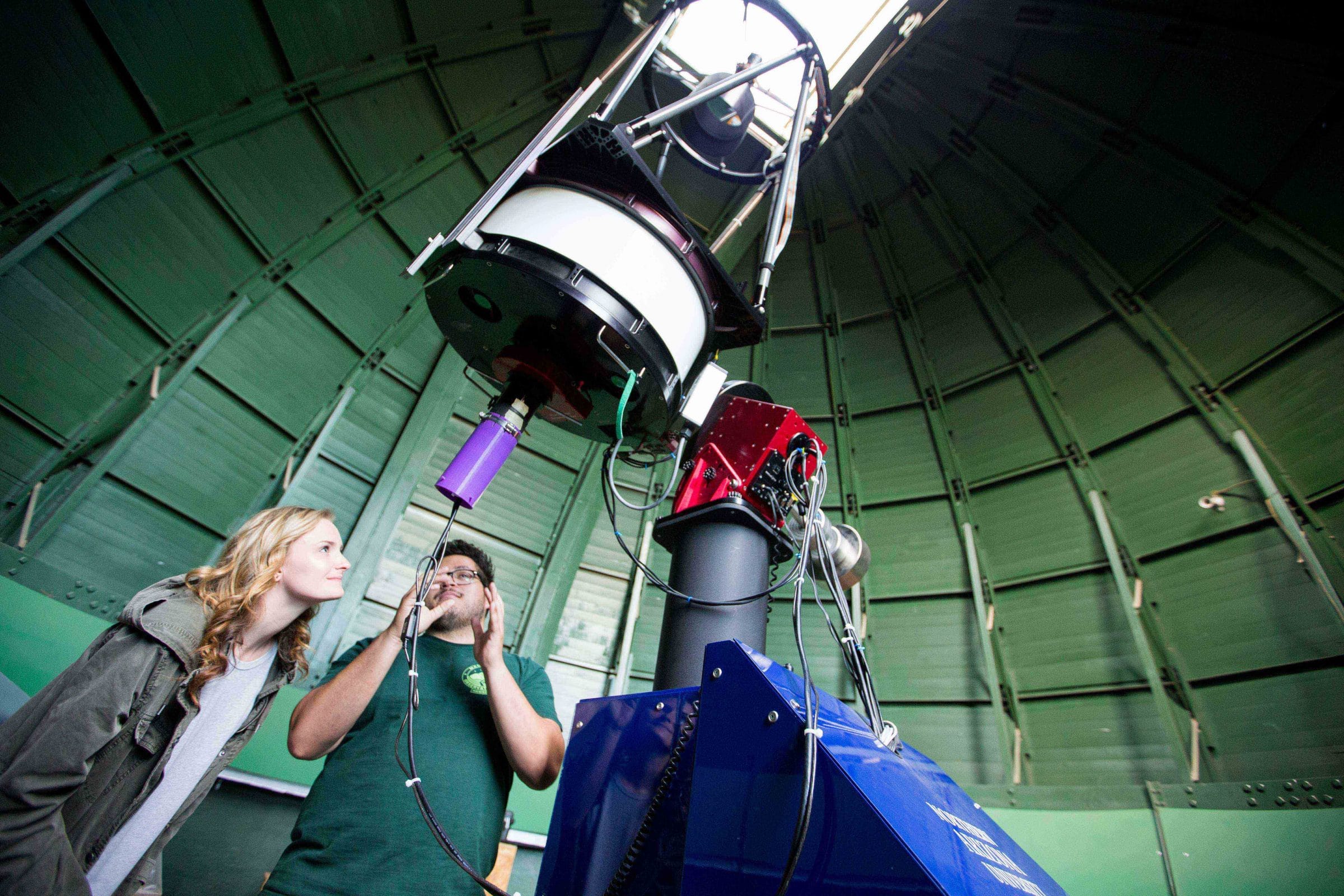
By Heidi Toth
NAU Communications
Astronomer David Trilling has a pragmatic perspective on the importance of his research.
“If an asteroid’s going to hit the Earth, you want to know how big it is,” he said.
The Northern Arizona University professor of physics and astronomy measures asteroids that get close to Earth—close being roughly the moon’s distance away, more or less a few hundred thousand miles. However, one can’t simply look at the space rock and estimating its size, though. To… Read more